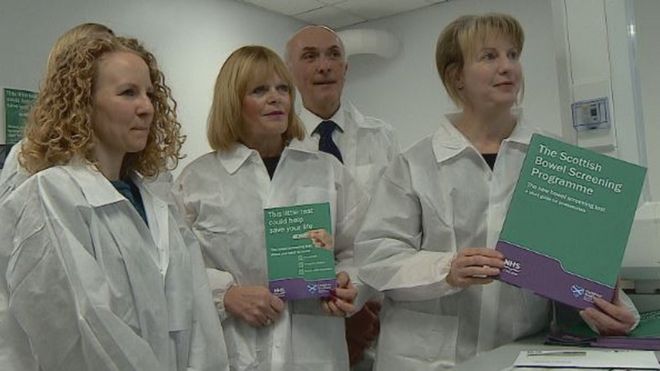A Blood Test That Can Detect Eight Common Cancer Types
By Ramadhani Chambuso
A newly invented blood test called CancerSEEK® can detect eight common cancer types, possibly even before symptoms appear. The test works through assessment of the levels of circulating proteins and mutations in cell-free DNA in the peripheral blood of the individual.
The designed multi-analytic blood test was applied in the US to 1,005 patients with non-metastatic, clinically detected cancers of the ovary, liver, stomach, pancreas, oesophagus, colorectal, lung, or breast. CancerSEEK® tests were positive in a median of 70% of the eight cancer types. Furthermore, the sensitivity ranges from 69% to 98% for five types of cancer (ovary, liver, stomach, pancreas, and oesophagus). The specificity of CancerSEEK® was greater than 99% and only 7 of 812 healthy controls scored positive. However, the estimated total sensitivity of CancerSEEK® was 55% among all eight cancer types.
The cost of the test is estimated to be less than $500, which is comparable or lower than other screening tests for single cancers, for example, colonoscopy. Currently, there are no screening tests available for average-risk individuals for cancers of ovary, liver, stomach, pancreas, and oesophagus.
This is an advanced stage for screening for cancers which identifies people with the disease when it is in its earliest stages and more treatable conditions with non-invasive procedures.
Source: Cohen et al. (2018).






